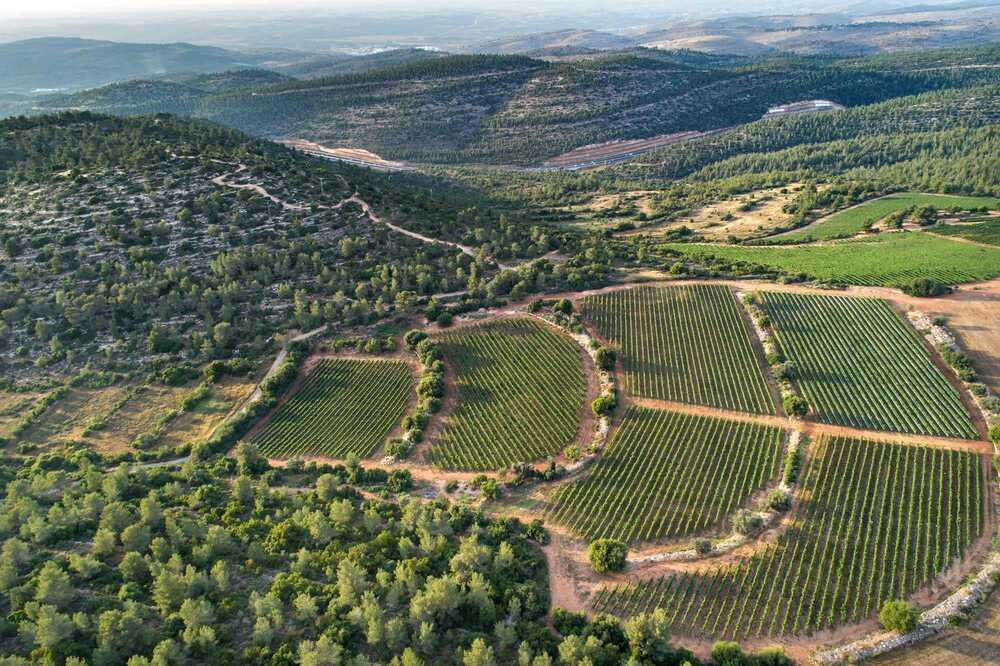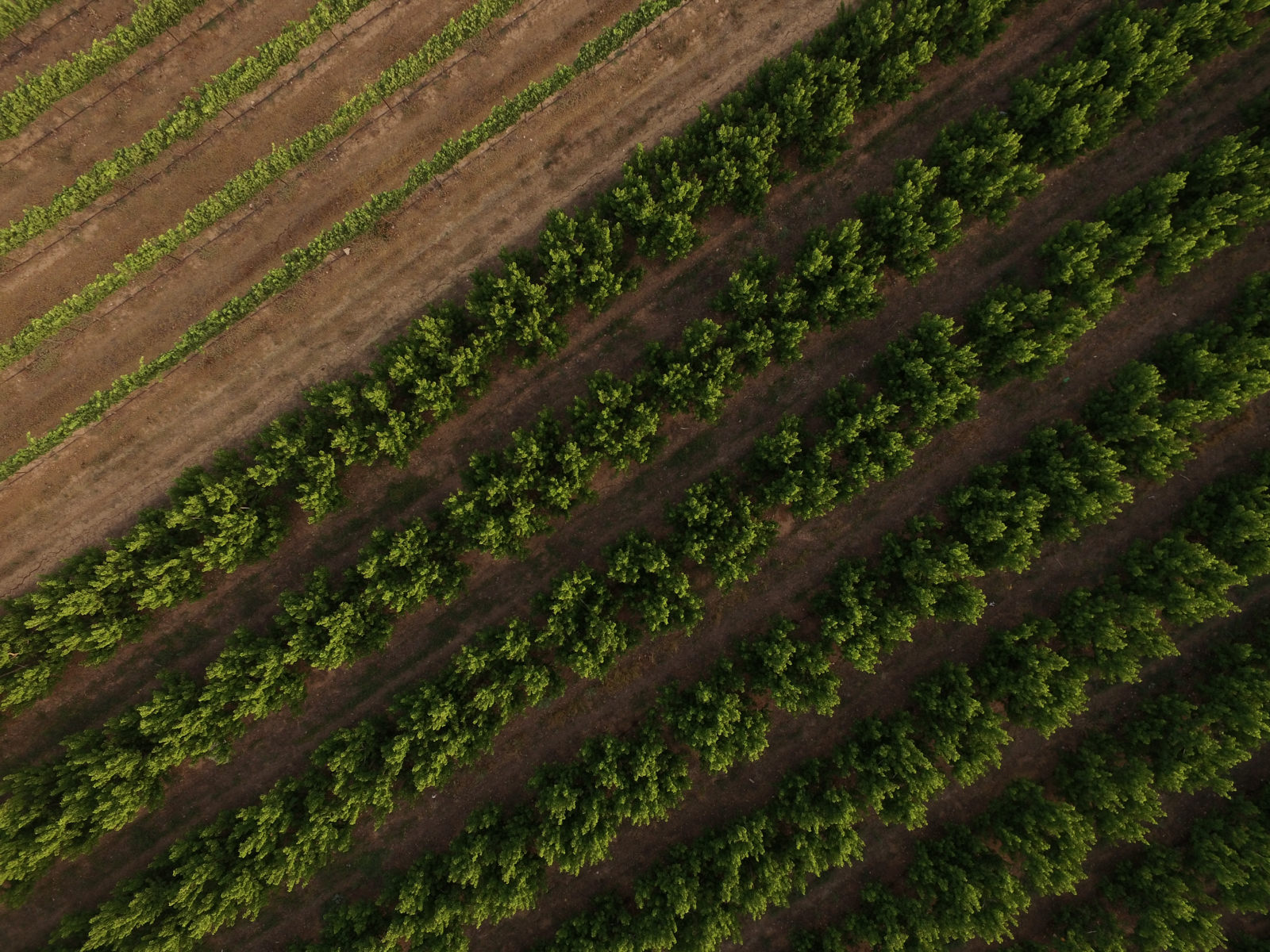Terraced Vineyards: Reviving Ancient Ingenuity

Long before modern agriculture, Israel’s early inhabitants cultivated grapes along the stony ridges of hills and mountains. They built terraces—layered platforms supported by stone walls—to prevent erosion and retain water. These terraces, visible in areas like the Judean Hills and Upper Galilee, are still in use today, not just for their efficiency but as a tribute to generations of winemakers.
Modern viticulturists have improved upon this method with advanced drainage systems and soil monitoring, preserving heritage while maximizing output. The elevation and temperature shifts of these areas help grapes retain acidity, creating structured, balanced wines.
Desert Viticulture: Turning Sand into Sustainability

In the Negev Desert—where rainfall is scarce and temperatures soar—Israeli winemakers are achieving what many once thought impossible. Through advanced irrigation techniques, primarily the Israeli-invented drip irrigation system, vineyards now flourish in the arid south.
Vineyards in places like Ramat Negev and Mitzpe Ramon often harvest at night to avoid heat stress. Some plant cover crops for natural soil management. The result? Distinctive, mineral-rich wines that reflect the resilience of their origin.
Indigenous Varietals & Israel's Microclimates

Israel is home to a mosaic of microclimates—from the humid Mediterranean coast to the alpine-like elevations near Mount Hermon. This diversity enables winemakers to grow both international favorites and revive native grapes.
Boutique wineries are bringing these forgotten grapes back into the spotlight. Each vineyard becomes a blend of tradition, terroir, and experimentation—with canopy techniques, soil profiling, and microclimate matching used to refine every bottle. The result is a truly Israeli expression of global wine excellence.

